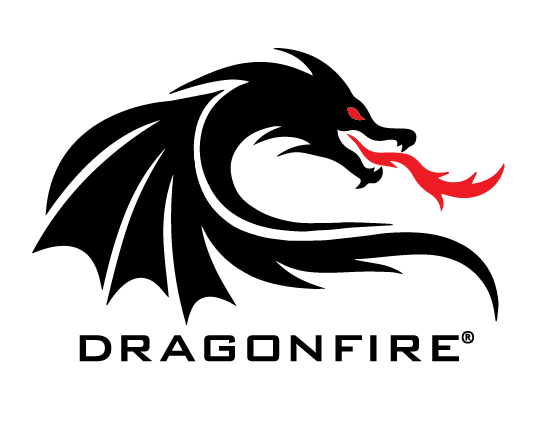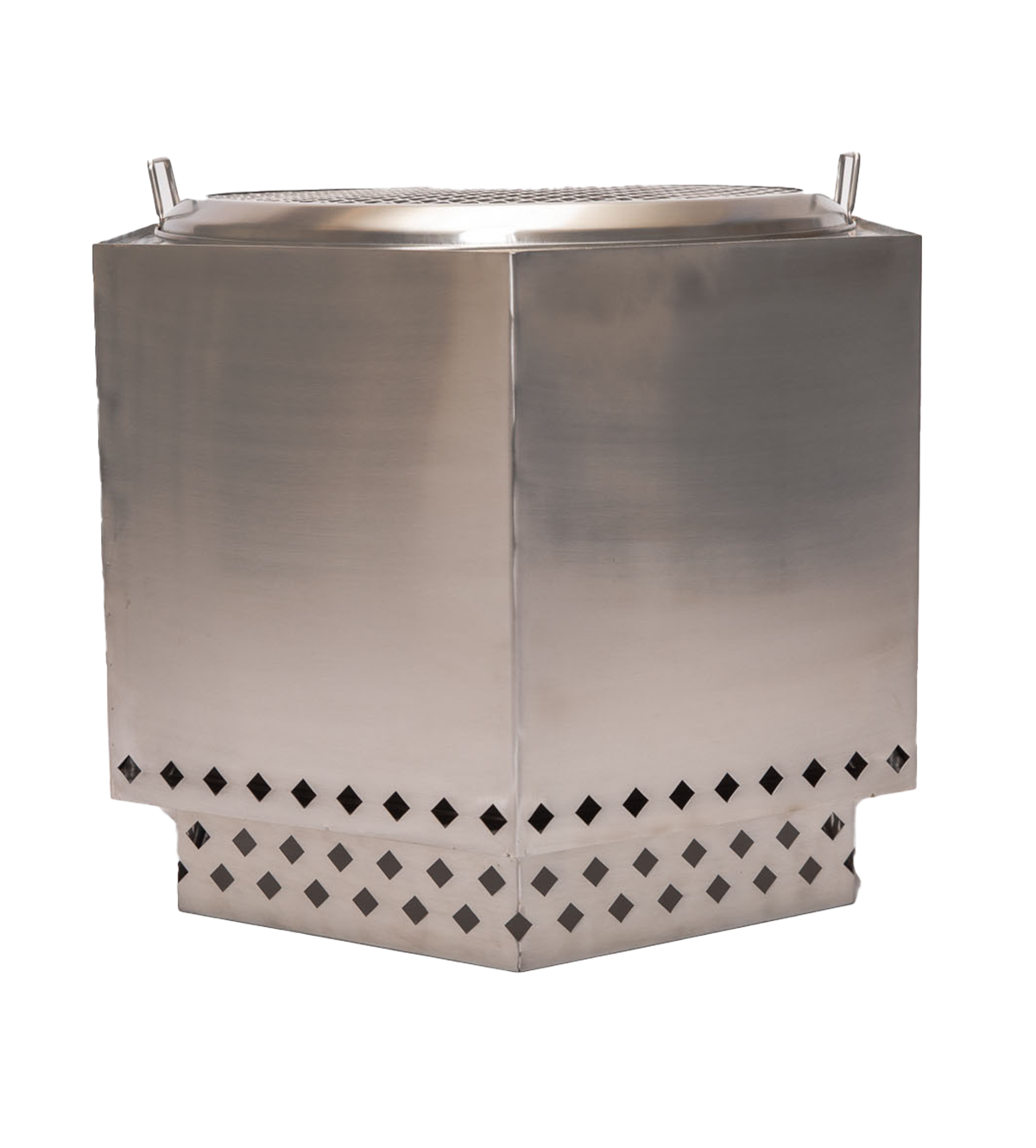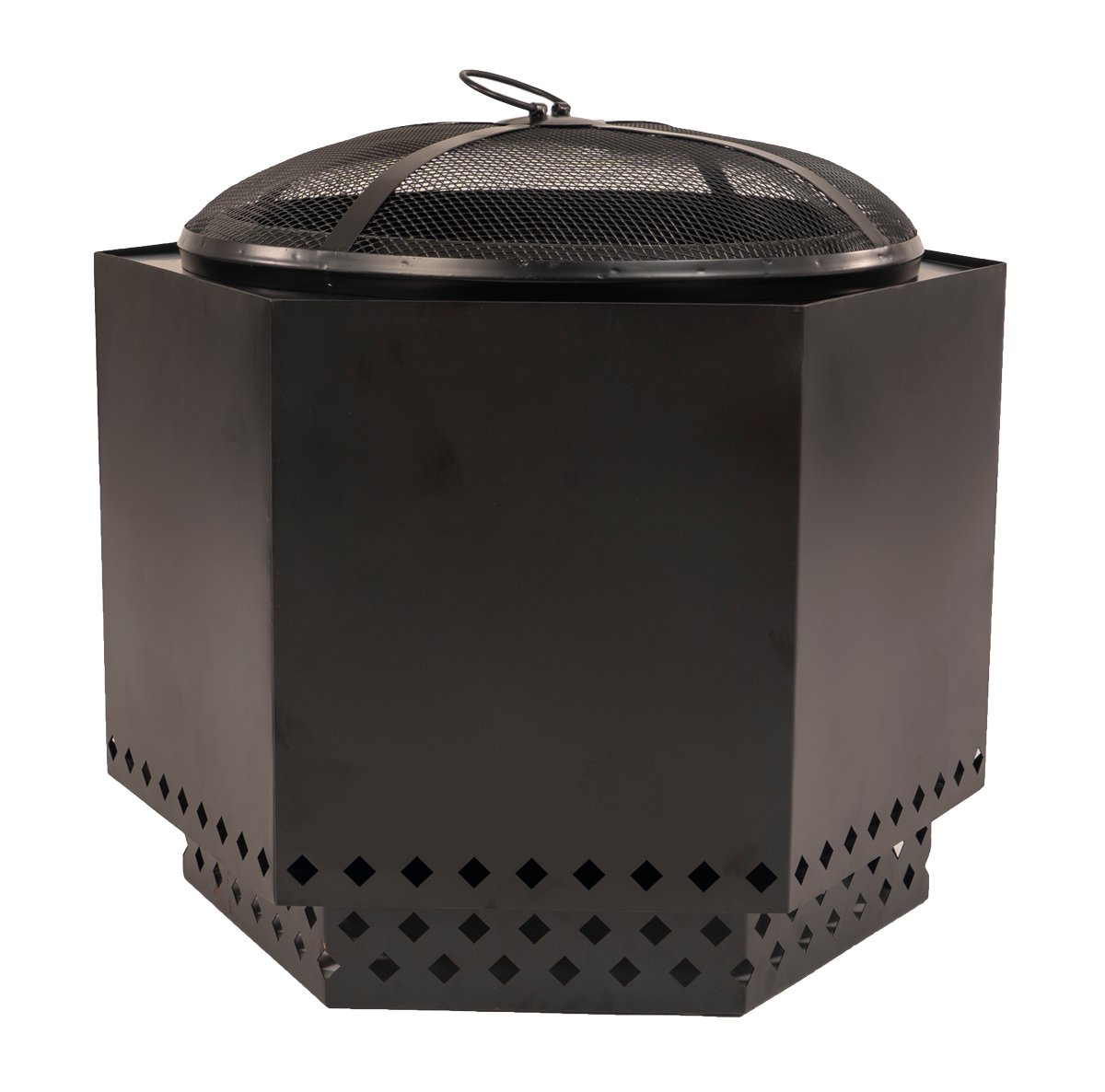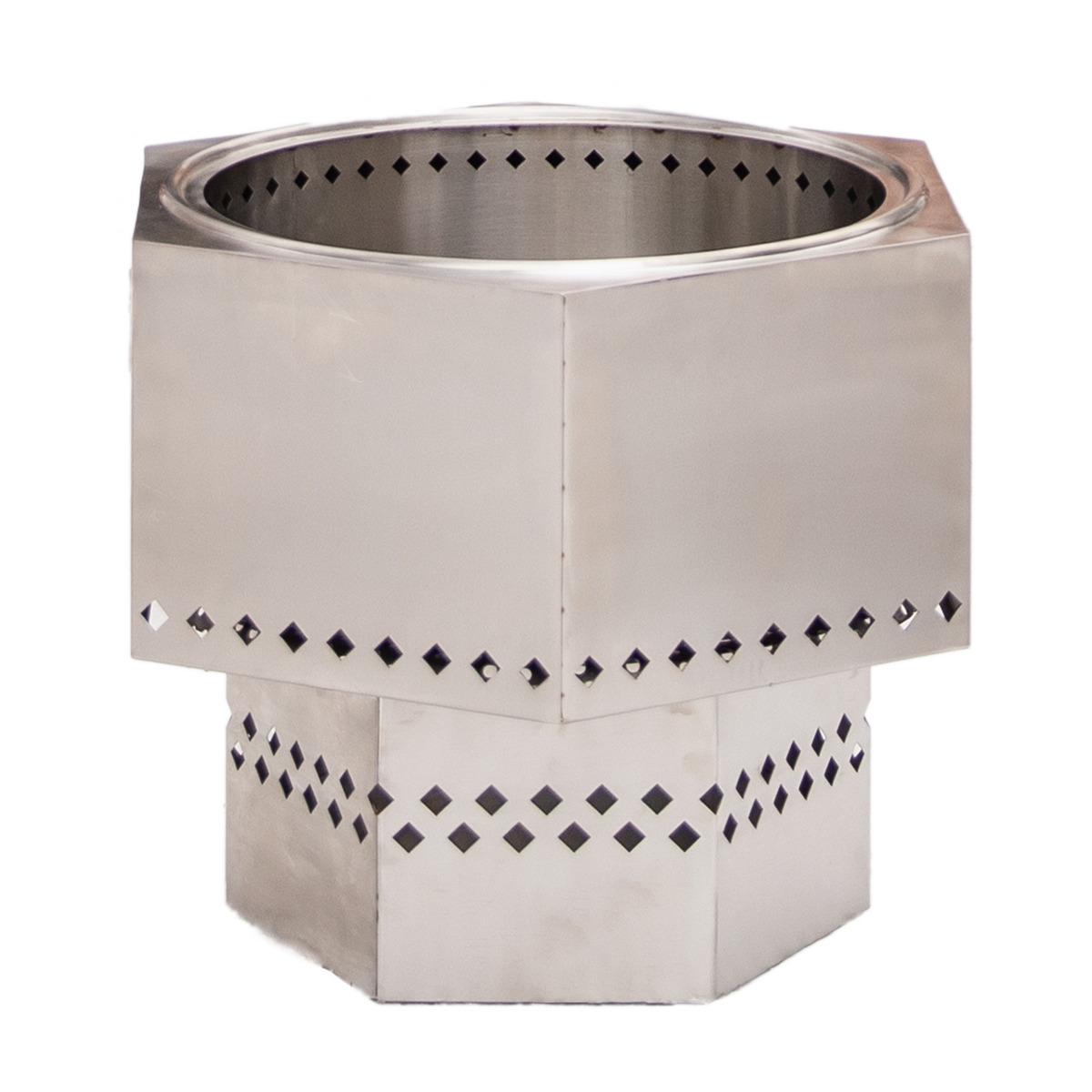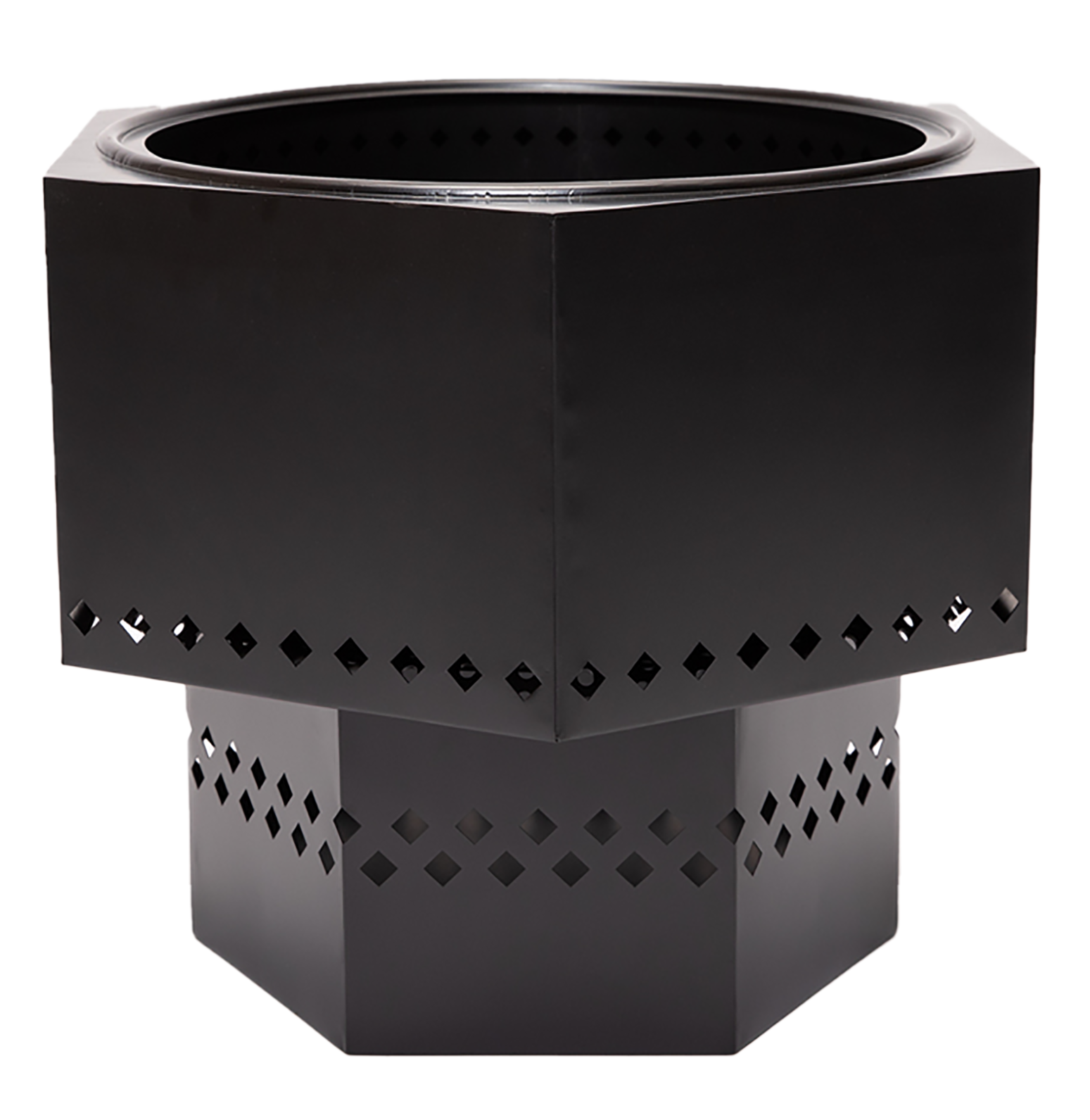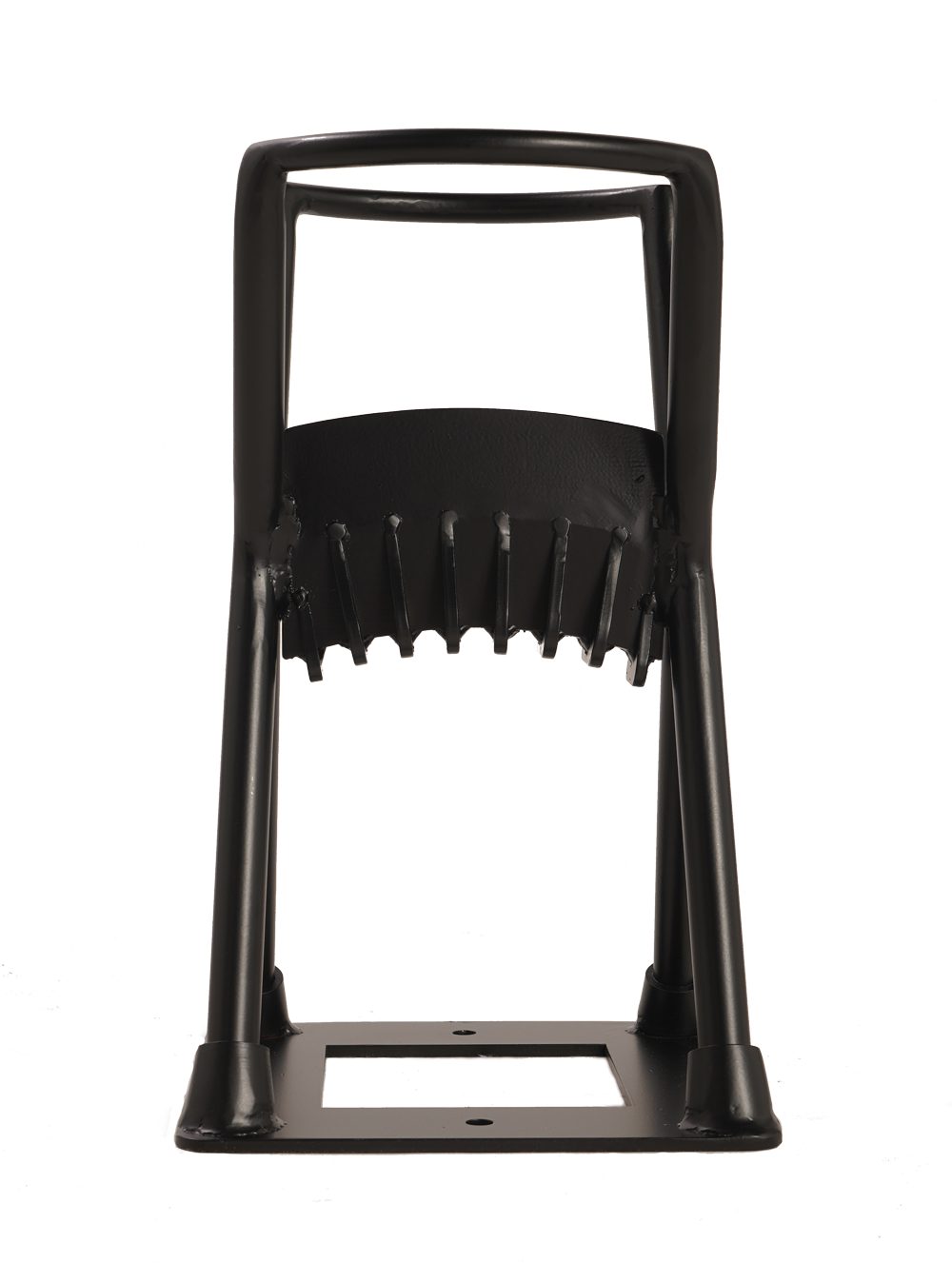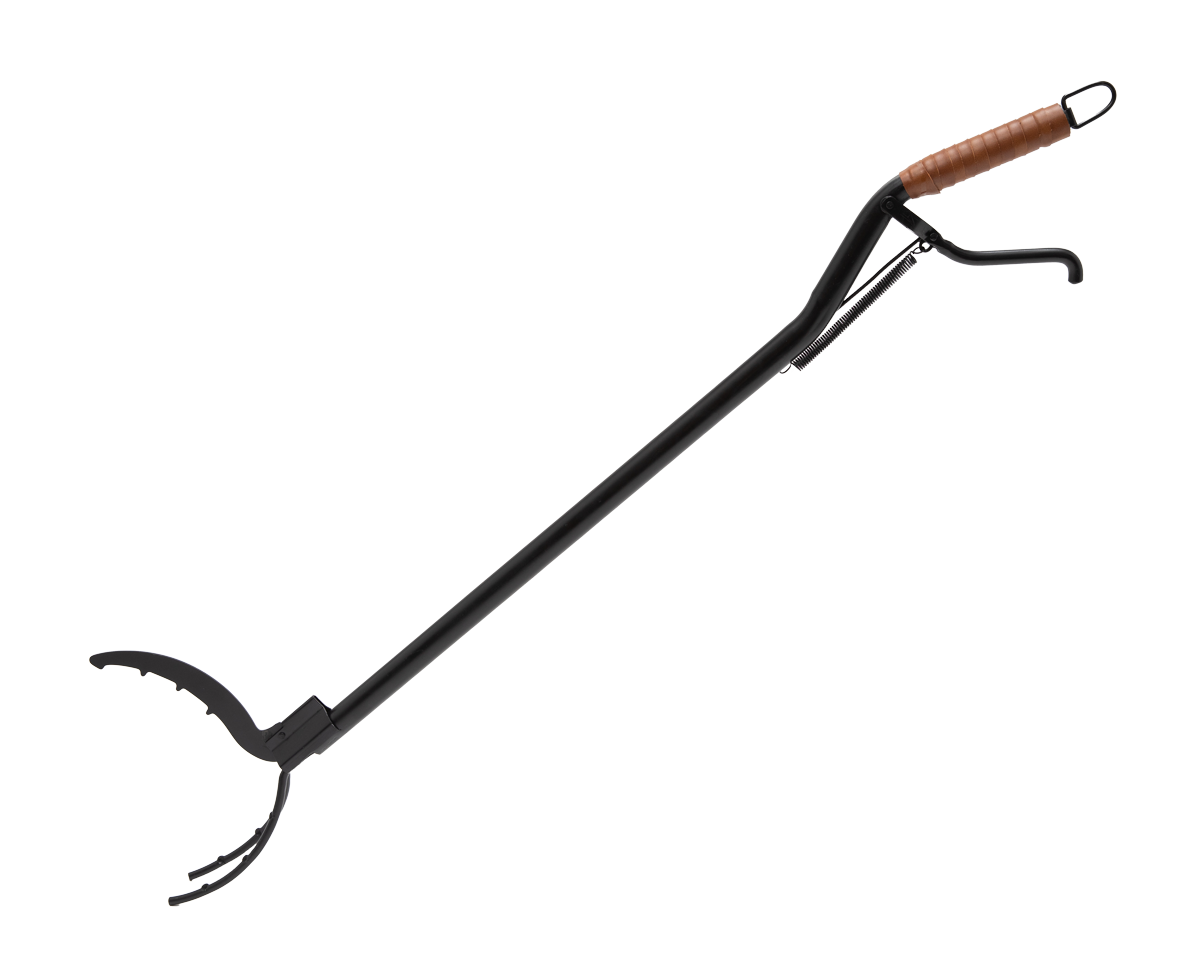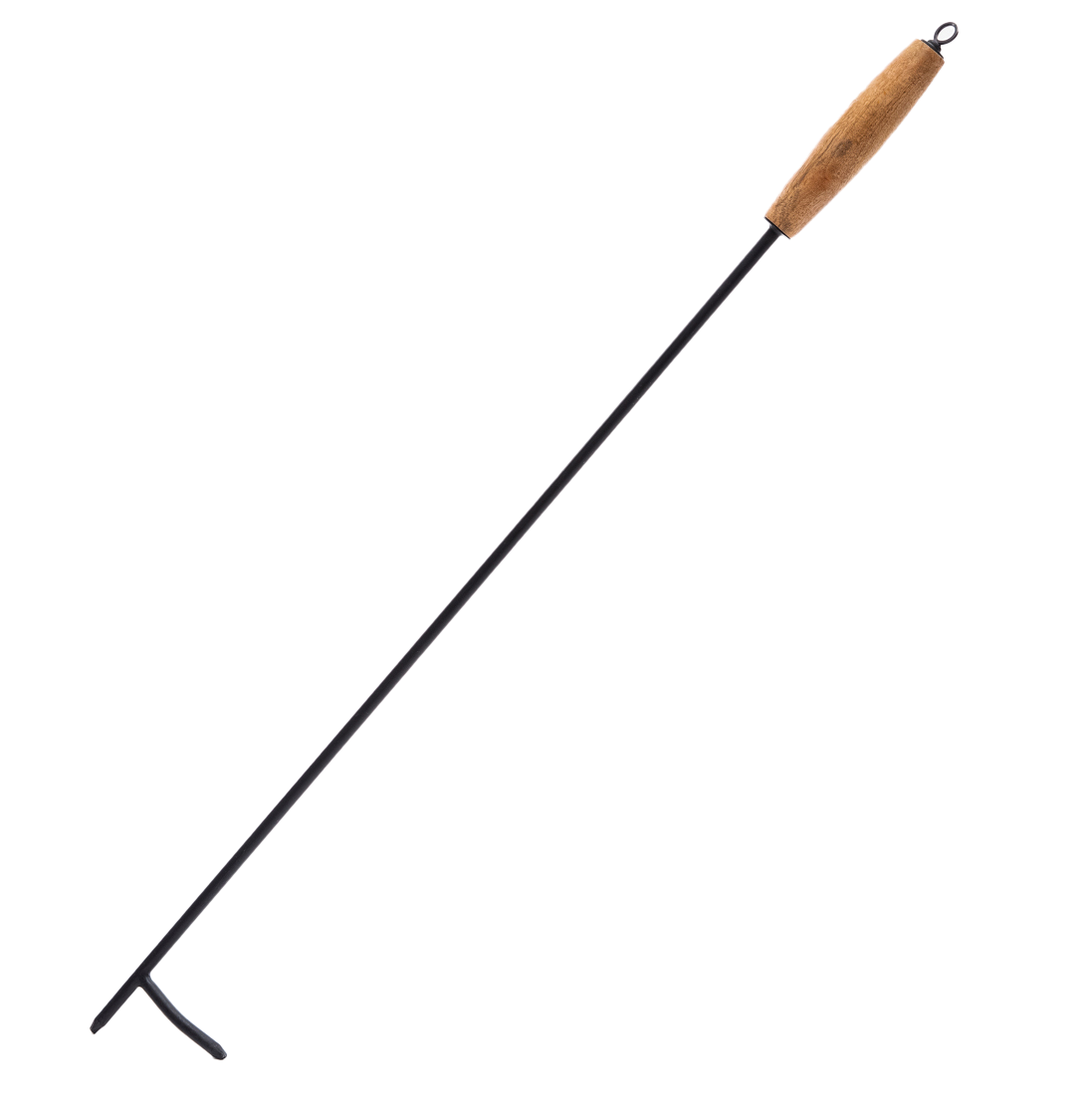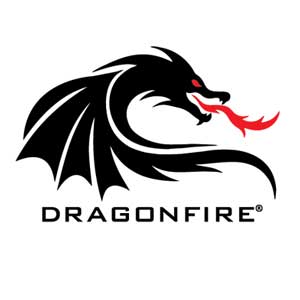Mythical creatures have fascinated humanity for millennia, serving as symbols of power, wisdom, and transformation across diverse cultures. These legendary beings not only reflect human fears and aspirations but also continue to influence modern media, branding, and education. This article explores the journey of mythical creatures from ancient legends to contemporary reinterpretations, illustrating how these stories shape our cultural landscape and inspire innovation.
Table of Contents
- Introduction to Mythical Creatures and Their Cultural Significance
- The Evolution of Mythical Creatures: From Ancient Legends to Modern Interpretations
- Key Themes in Mythical Creatures: Power, Wisdom, and Transformation
- Mythical Creatures in Modern Popular Culture and Media
- Modern Inspirations: How Mythology Influences Design and Branding
- Mythical Creatures and Their Role in Education and Cultural Literacy
- Non-Obvious Perspectives: Psychological and Sociological Dimensions
- The Future of Mythical Creatures in Media and Design
- Conclusion: Bridging Ancient Myths and Modern Creativity
Introduction to Mythical Creatures and Their Cultural Significance
Mythical creatures are beings that appear in stories, legends, and folklore, often embodying qualities that transcend ordinary human experiences. Their scope encompasses dragons, unicorns, griffins, and gods, each representing ideas like strength, purity, or divine authority. Throughout human history, these entities have served as symbols in religious rituals, storytelling, and cultural identity formation. For example, the dragon in Chinese culture symbolizes wisdom and power, while the griffin in Greek mythology epitomizes guardianship and courage.
Mythological stories have historically been used to teach moral lessons, explain natural phenomena, or legitimize social hierarchies. These narratives foster a shared cultural identity, reinforcing values across generations. Today, modern media—films, video games, literature—continues this tradition by reimagining these creatures, making myth accessible and engaging for contemporary audiences. For instance, popular franchises like where to play Le Zeus draw inspiration from mythic themes, blending ancient symbolism with modern entertainment.
The Evolution of Mythical Creatures: From Ancient Legends to Modern Interpretations
The origins of mythical creatures are deeply rooted in early civilizations. Ancient cultures depicted extraordinary beings to explain the unknown or to embody divine forces. The Sumerians, Egyptians, Greeks, and Chinese all created mythic entities that reflected their worldview. For example, Hesiod’s accounts in Greek mythology describe gods like Zeus as powerful, yet complex beings whose stories have persisted through centuries.
Over time, storytelling transformed these creatures from literal deities or monsters into symbols with layered meanings. Medieval bestiaries, Renaissance art, and modern fantasy literature have all contributed to this evolution. Today, the influence of historical records like Hesiod’s works helps creators develop nuanced portrayals of mythic beings, blending tradition with innovation.
Key Themes in Mythical Creatures: Power, Wisdom, and Transformation
Mythical beings often symbolize core human values and fears. Power is exemplified by creatures like dragons or giants, representing strength and dominance. Wisdom is embodied by creatures such as the owl or the serpent, often linked to divine insight. Transformation appears in stories of metamorphosis, like the myth of Zeus and Metis, where wisdom and authority evolve through change, highlighting growth and adaptation.
The myth of Zeus and Metis illustrates this vividly. Zeus, the king of gods, swallows Metis, a goddess of wisdom, to prevent her from bearing a child who might overthrow him. Later, Zeus’s head splits open, giving rise to Athena, symbolizing wisdom emerging through transformation—an enduring theme in myth that resonates in modern narratives of evolution and enlightenment.
Mythical Creatures in Modern Popular Culture and Media
In recent decades, mythical creatures have experienced a renaissance in movies, literature, and gaming. Films like Harry Potter and Game of Thrones feature dragons and other legendary beings, revitalizing their mythic roots. Video games such as The Legend of Zelda or God of War incorporate myth-inspired characters, blending storytelling with interactive entertainment.
A notable example is where to play Le Zeus, which reimagines Greek mythic themes—such as divine power and heroism—within a modern game setting. Such adaptations influence contemporary imagination and branding, making mythic archetypes accessible and engaging across diverse audiences.
Modern Inspirations: How Mythology Influences Design and Branding
Translating mythological concepts into modern products involves capturing their symbolic essence. Brands often draw upon mythic themes to evoke specific qualities—strength, wisdom, mystique—that resonate with consumers. For example, luxury brands may incorporate motifs of gods and mythical creatures to suggest power and prestige.
The game where to play Le Zeus exemplifies this process by embodying divine authority and heroism inspired by Greek mythology. Such myth-inspired branding fosters an emotional connection, leveraging ancient symbolism to create memorable and meaningful products.
Mythical Creatures and Their Role in Education and Cultural Literacy
Using mythological stories as teaching tools enhances engagement and understanding across disciplines. Educational programs often incorporate myths to explain natural phenomena, human psychology, or societal values. Recognizing the origins of mythic creatures aids students in developing cultural literacy and appreciating historical contexts.
Modern reinterpretations, like where to play Le Zeus, serve as educational bridges by connecting ancient stories with contemporary themes. This approach fosters critical thinking and a deeper appreciation of how myth influences modern life.
Non-Obvious Perspectives: Psychological and Sociological Dimensions
Psychologically, mythical creatures tap into archetypes—universal symbols that evoke deep-seated emotions and identities. Carl Jung’s theory of archetypes explains how these figures represent fundamental human experiences, such as heroism or shadow aspects.
“Mythical creatures serve as mirrors to our collective unconscious, revealing our innermost fears, hopes, and values.”
Sociologically, modern adaptations of myths reflect current societal values and aspirations. For example, the reimagining of Zeus as a symbol of modern authority or innovation demonstrates how ancient archetypes are reshaped to align with contemporary ideals, aspirations, and cultural narratives.
The Future of Mythical Creatures in Media and Design
Emerging trends indicate a growing interest in myth-inspired storytelling, driven by technological advances such as virtual reality and augmented reality. New myth narratives are being crafted to reflect contemporary issues—climate change, identity, and technology—potentially shaping future cultural products.
However, ethical considerations are paramount when reinterpreting ancient myths. Respecting cultural origins and avoiding cultural appropriation are critical in ensuring that myth-inspired creations foster understanding rather than misrepresentation.
Conclusion: Bridging Ancient Myths and Modern Creativity
The enduring relevance of mythical creatures underscores their role as timeless symbols that continue to inspire. Understanding their origins enriches our appreciation of modern adaptations, which serve as bridges connecting past wisdom with present innovation. Engaging critically with myth-inspired content, such as the modern reinterpretation embodied by where to play Le Zeus, allows us to explore the depths of human creativity and cultural identity.
As mythology continues to evolve, it remains a vital source of inspiration—fueling narratives that shape our collective imagination and future cultural landscape.
